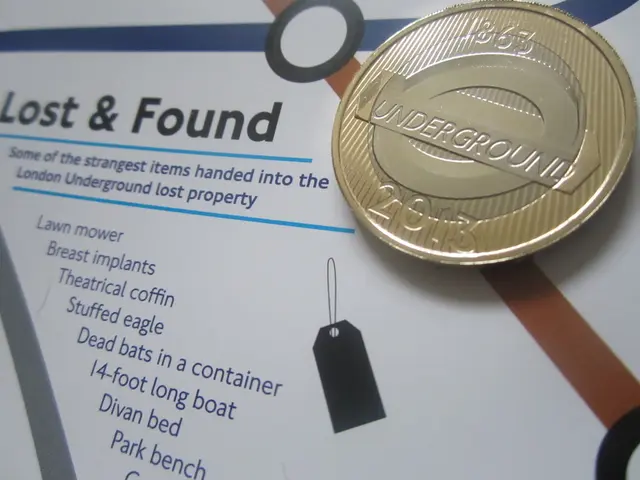Guide for Conducting Design Sprints with Distant Collaborators
The design sprint process, a four-day step-by-step methodology developed by Google and GV, focuses on innovation, business strategy, design thinking, and behaviour science. This process aims to answer critical business and product questions through designing, prototyping, and idea testing.
Before embarking on this journey, it is recommended to prepare all materials beforehand, form a team, and schedule the event. For remote design sprints, a camera, microphone, cubicle, good internet connection, and a white board for sketches are essential.
The first day of the process is dedicated to sketching and mapping. The team brainstorms the product and its solution, and validates the minimum viable product (MVP). On the second day, the team storyboards the user experience, including how users would come to the app, why they would open it, the features they would interact with, and the outcome of their time inside the application.
The third day is for prototyping, where a clickable version of the app is created using various app prototype tools. On the fourth day, testing takes place. People test the prototype and share their experiences with the team, and the sessions are recorded for future reference.
Conducting design sprints remotely can pose challenges, such as scheduling and aligning distributed teams, keeping them engaged, and overcoming tech-specific issues. To ensure a smooth process, tips include dividing the sprint across two weeks, preparing the sprint brief and template beforehand, adding ample breaks, restricting multi-tasking, and asking everyone to divide their screen into video and the digital whiteboard.
To make the most of remote design sprints, it is advisable to consider scheduling five consecutive days for the process if possible. If this proves difficult, consider scheduling a weekend between the deciding and prototyping days to ensure a fresh approach to prototype creation.
When it comes to finding the right team, it is recommended to get in touch with a mobile application design company that is an expert in remote design sprints. One such company is AJ&Smart, which took a leading role in conducting design sprints in remote collaboration.
In conclusion, the design sprint process offers a structured approach to innovation and product development, even in a remote setting. By following best practices and working with the right team, businesses can overcome the challenges posed by remote collaboration and unlock the full potential of this powerful methodology.
Read also:
- Transforming Digital Inventories in the Food Industry: A Comprehensive Guide for Food Businesses
- Munich Airport Unveils Its New Electrical Vehicle Charging Parksite
- Clean Energy Facilities by Constellation Offer Close-to-Impeccable Summer Stability, Reinforced by $7 Billion in Capital Infusions Over the Past 10 Years
- Vehicle electrification and bidirectional charging technologies could potentially reduce EU energy expenses by a staggering €22 billion annually by the year 2040.






